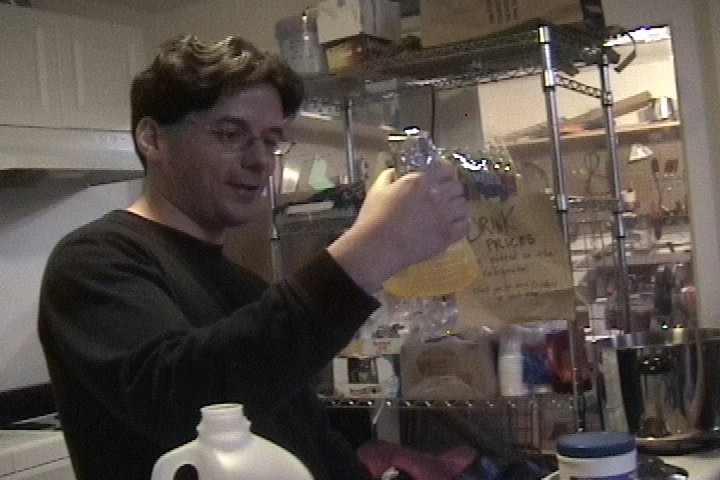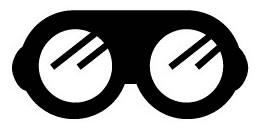
Step 1. Planning our experiment
The pressure cooker shot out steam, like an enormous teapot. At over 200˚F, steam had just sterilized our liquid agar, the favorite food of growing cells.
We’re on our way to make glowing cells with the Carolina Sciences “Green Gene Colony Transformation Kit” (aka E. Coli K-12 + a GFP plasmid). This first step for DIYbio SF was a long time in the making!

Step 2: Josh measures and mixes LB agar
At the beginning of March, Praveen and Marnia began working with Noisebridge, a local hackerspace, to put together a Lab Safety and Ethics page. Tim ordered the Carolina kit and stored it at his apartment. Micah offered to donate a fridge, Meredith volunteered her pressure cooker , and Marnia brought a digital scale.
This past weekend, 5 DIYbiologists met at Noisebridge in the Mission district: Marnia, Josh, Tim, Micah, and myself, Tito.

Step 3: Marnia turns on the pressure cooker
We started the session by cleaning out a fridge donated by Micah and talking through the safety aspects of our tools and materials. We agreed that any broken glassware would need to be cleaned up immediately and Marnia showed us how the pressure cooker worked.
To the right, you can see the 4 steps that we took in order to make our plates. Marnia will be seeding the E. Coli K-12 on these plates and we will be adding our GFP DNA plasmid to these cells during our next session.
We will be completing this kit over 3 “Glow in the Dark” sessions:

Step 4: Pour and refrigerate agar plates
1. Making Agar Plates
2. Growing glowing GFP cells
3. Visualizing DNA with Electrophoresis
Kit: Carolina Green Gene Colony Transformation ($49)
Materials used:
Petri dishes
LB Agar
Equipment used:
Gloves
Scale
Pressure Cooker
Flask
DIYbio is a new and exciting topic — as a community we focus on making science safe and approachable by understanding our materials, following safe practices, and tackling tough issues like public perception. As well, remember these important areas outside of the science itself, especially when working in someone else’s space: schedule space with the owner, get everything approved, and say many “thanks” afterwards!
Thank you to Noisebridge for hosting us as we boot-up DIYbio SF!
Our project was accepted for the MAKE Magazine “Maker Faire“ — we’ll be showing off our cells from May 29-May 31st in San Jose, California!









So how did it go? Anymore chapters in this amazing story?